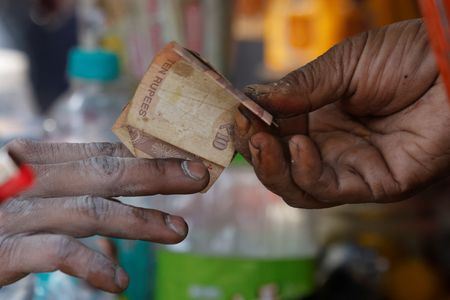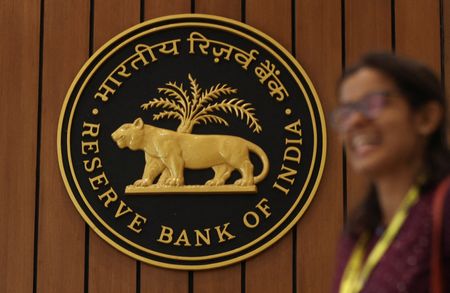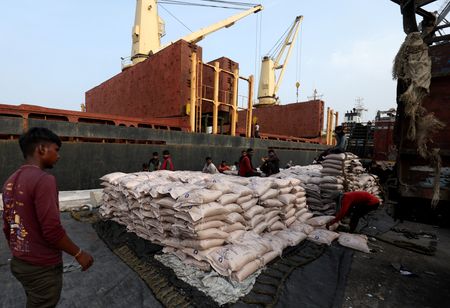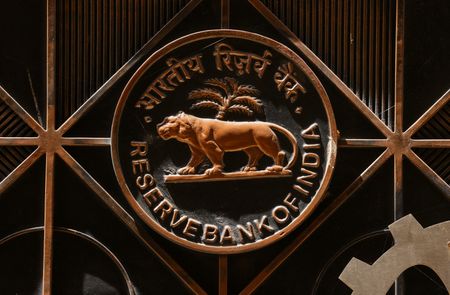MUMBAI (Reuters) – The Indian rupee closed little changed on Friday to cap a week of choppy price action that pulled the currency to a more than two-week high, followed by a retreat to near all-time lows as the dollar and U.S. bond yields rose despite a U.S. rate cut.
The rupee closed at 88.09 against the U.S. dollar on the day, up 0.2% on the week.
The currency had touched a high of 87.72 in the lead up to the Federal Reserve’s policy decision, but gave up those gains as investors walked away with mixed signals on the future path of policy rates.
The dollar index was last up 0.2% at 97.5, and with the sterling leading losses among G10 currencies, Asian currencies were mostly weaker as well.
The rupee appears to be settling in the 87.50-88.50 range in the near-term, but the bias is still tilted towards modest depreciation despite the uptick seen earlier this week, a trader at a state-run bank said.
Worries over how steep U.S. tariffs are likely to impact trade and foreign portfolio flows have bogged down the rupee in recent weeks even as recent talks between New Delhi and Washington spurred optimism on an eventual trade deal.
India’s benchmark equity indexes, the BSE Sensex and Nifty 50 were lower on the day but ended the week higher by about 0.8% each. The yield on the benchmark 10-year bond was up 3 bps on the week.
The yield on the 10-year U.S. Treasury was up 6 basis points on the week and last at 4.12% while the rate expectations-sensitive 2-year U.S. Treasury yield nudged 3.577% higher.
Despite the recent uptick, “the medium-term outlook for the U.S. dollar likely remains tilted to the downside, as concerns about U.S. labour market weakness and the potential for deeper policy easing could continue to weigh on sentiment,” MUFG said in a note.
(Reporting by Jaspreet Kalra; Editing by Janane Venkatraman)











